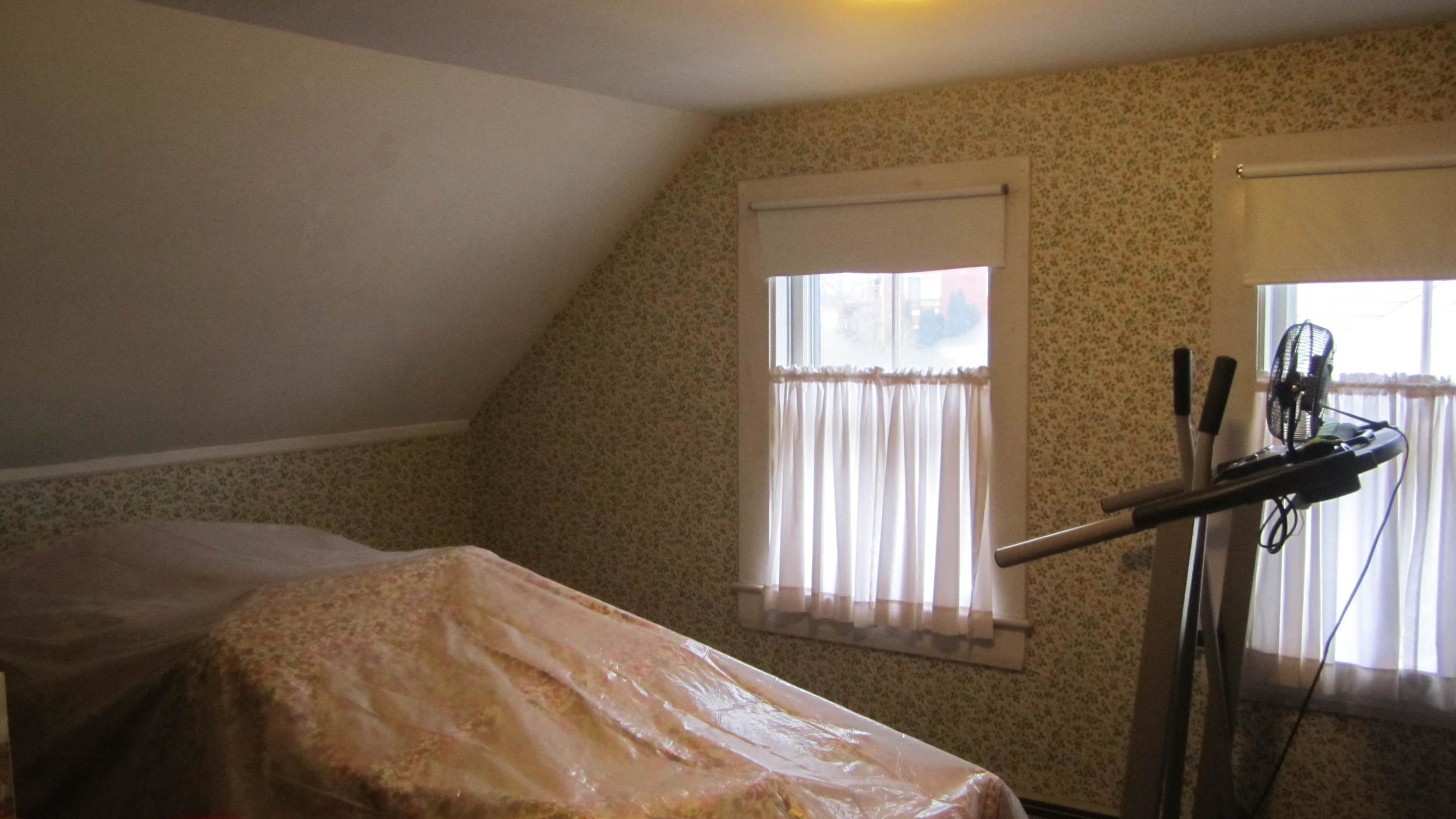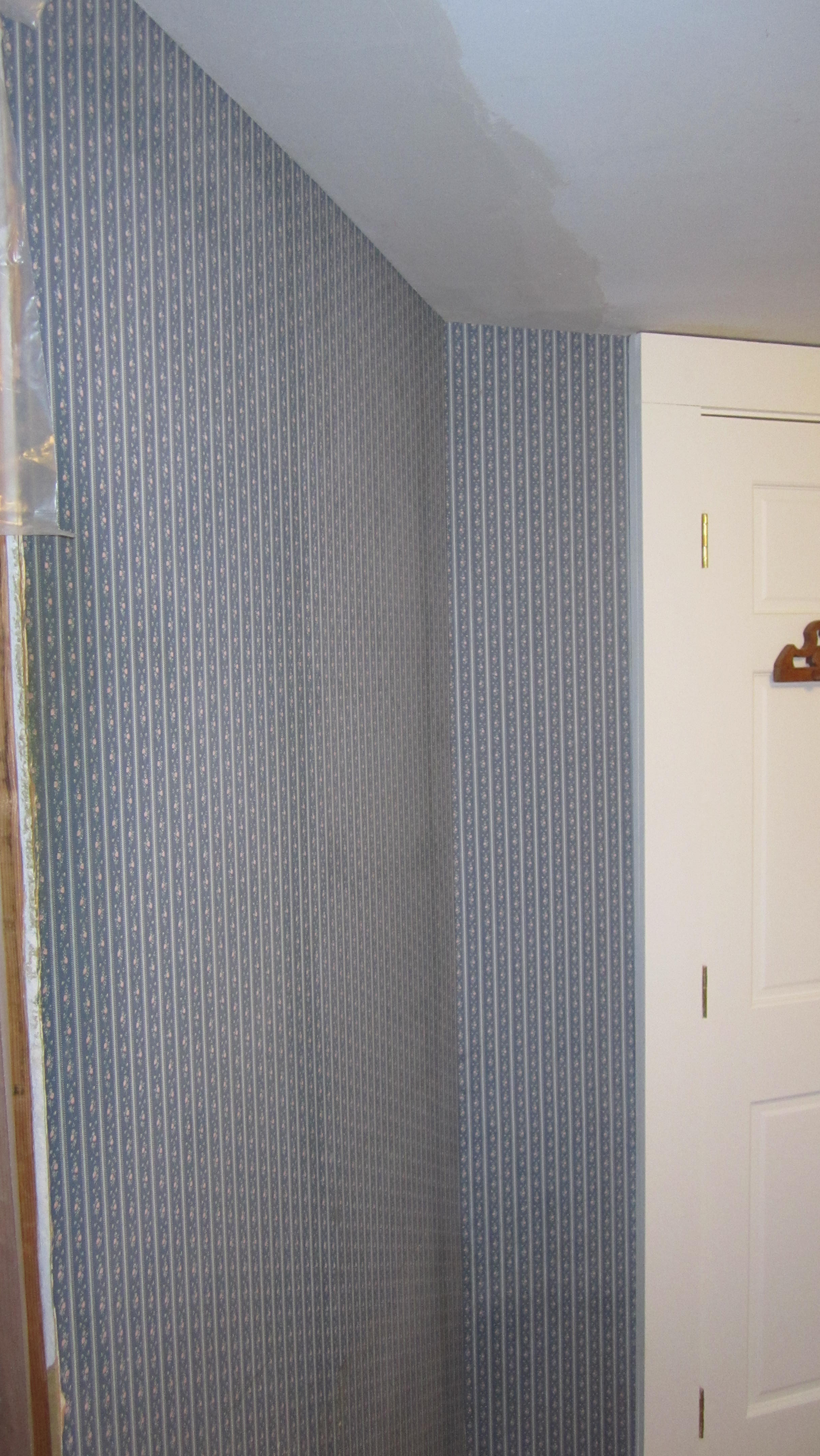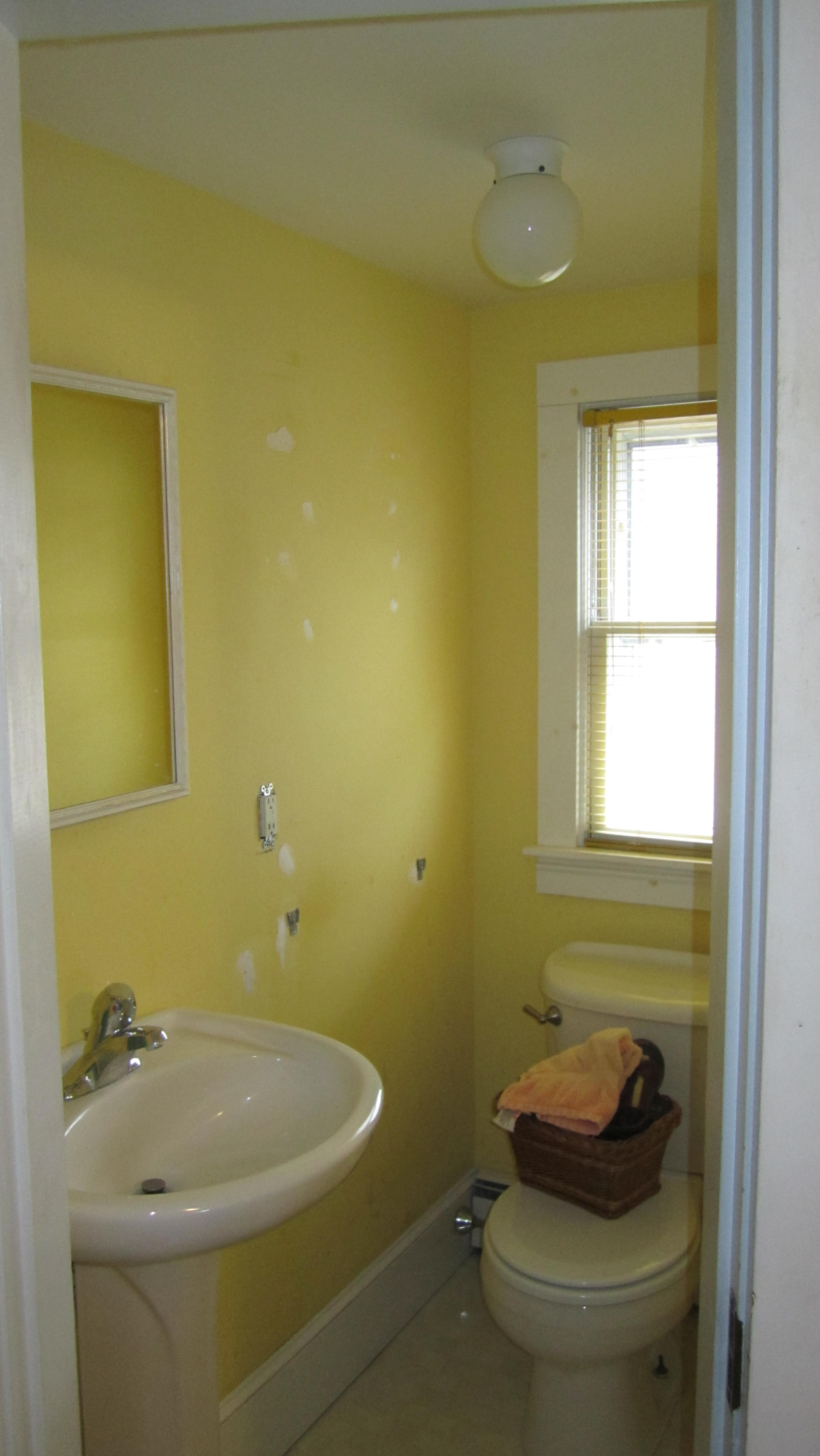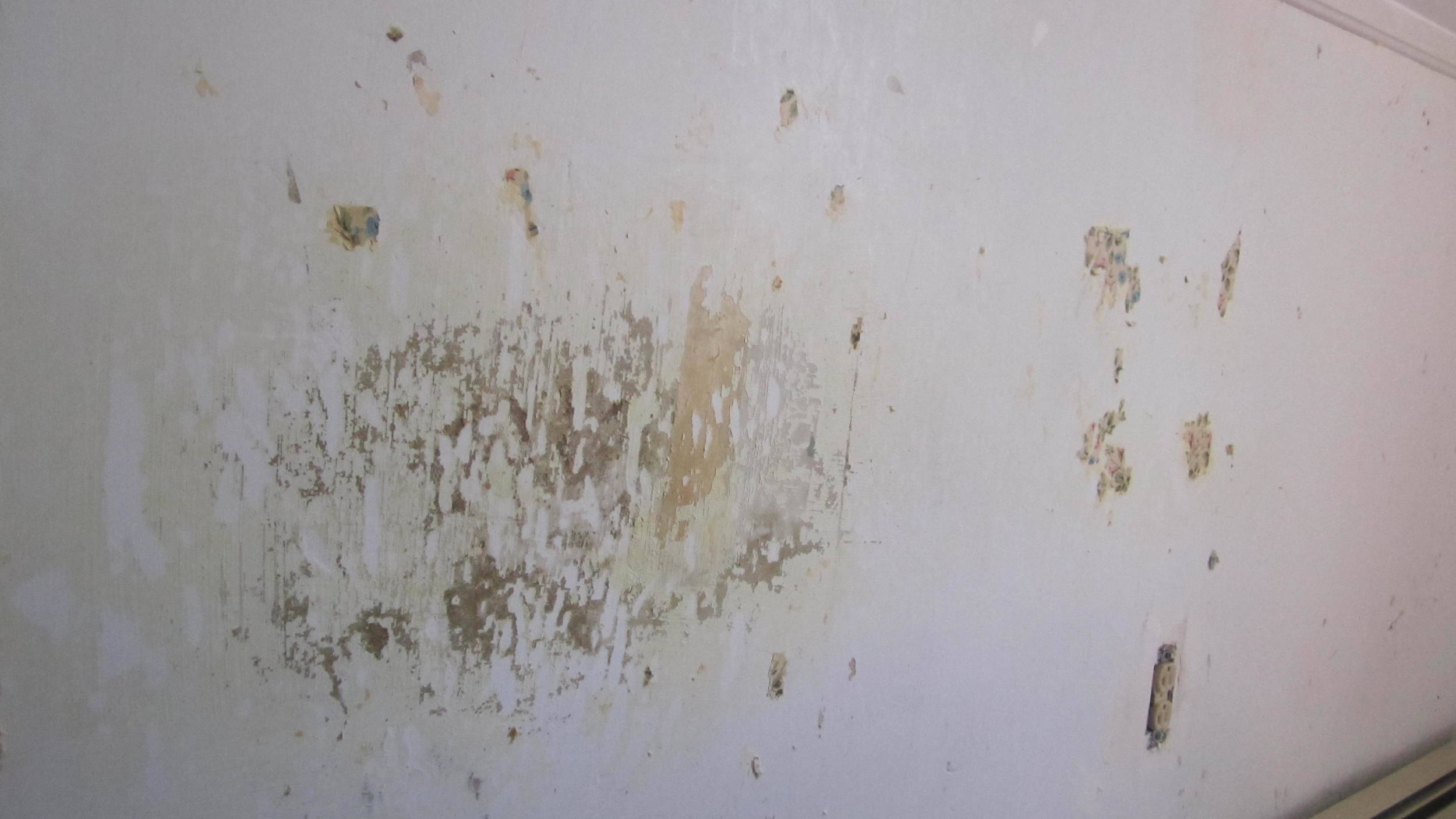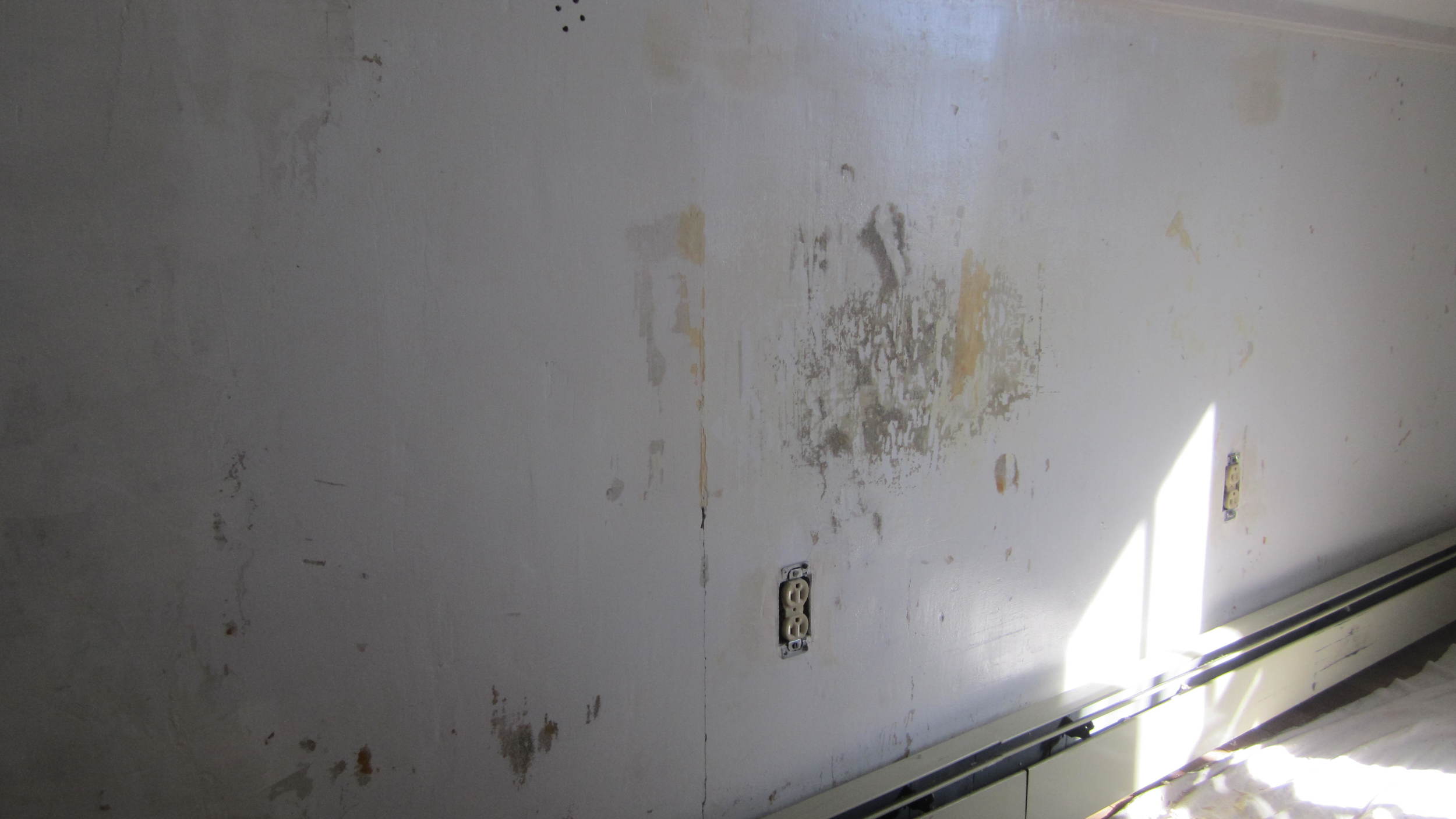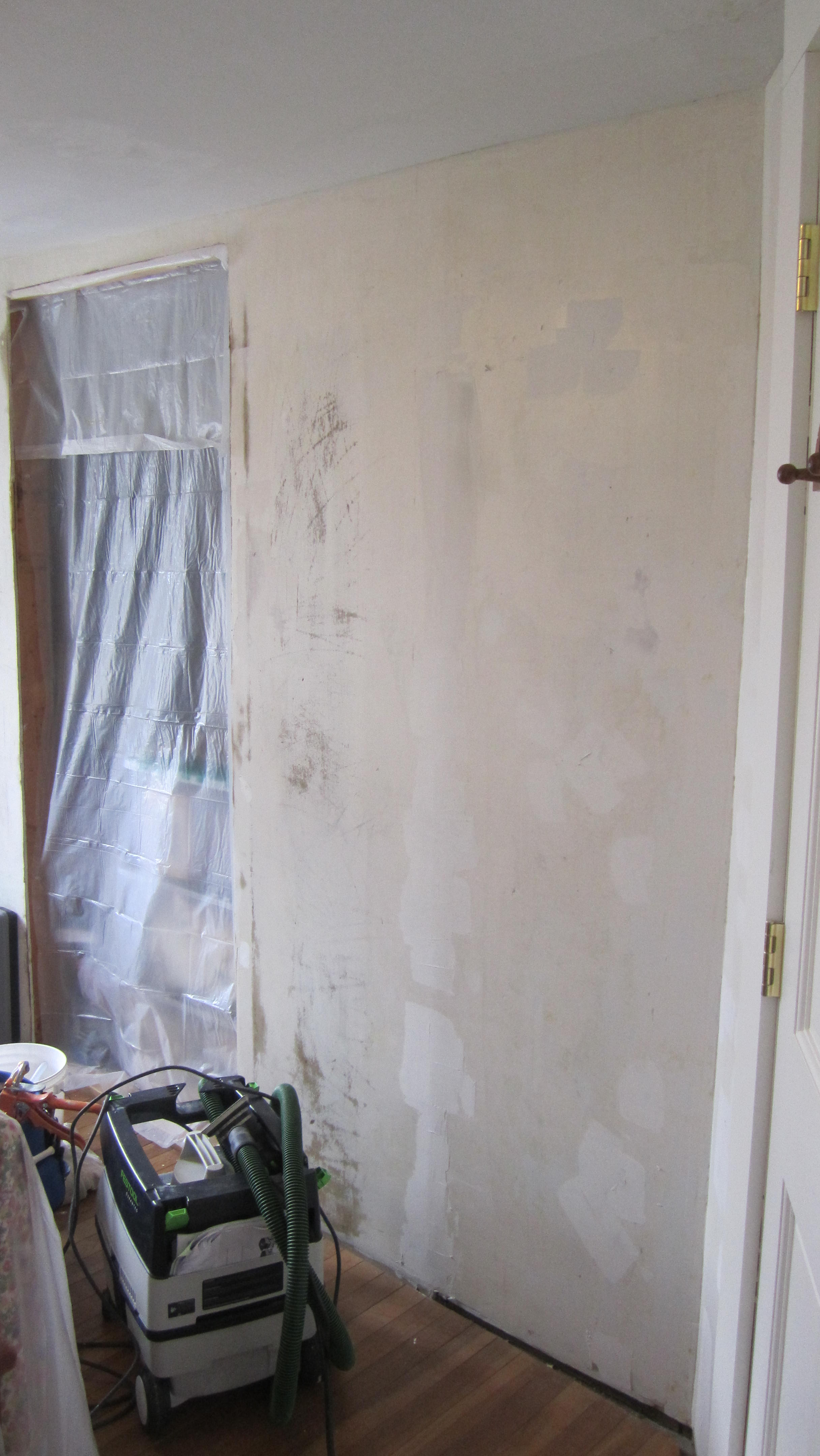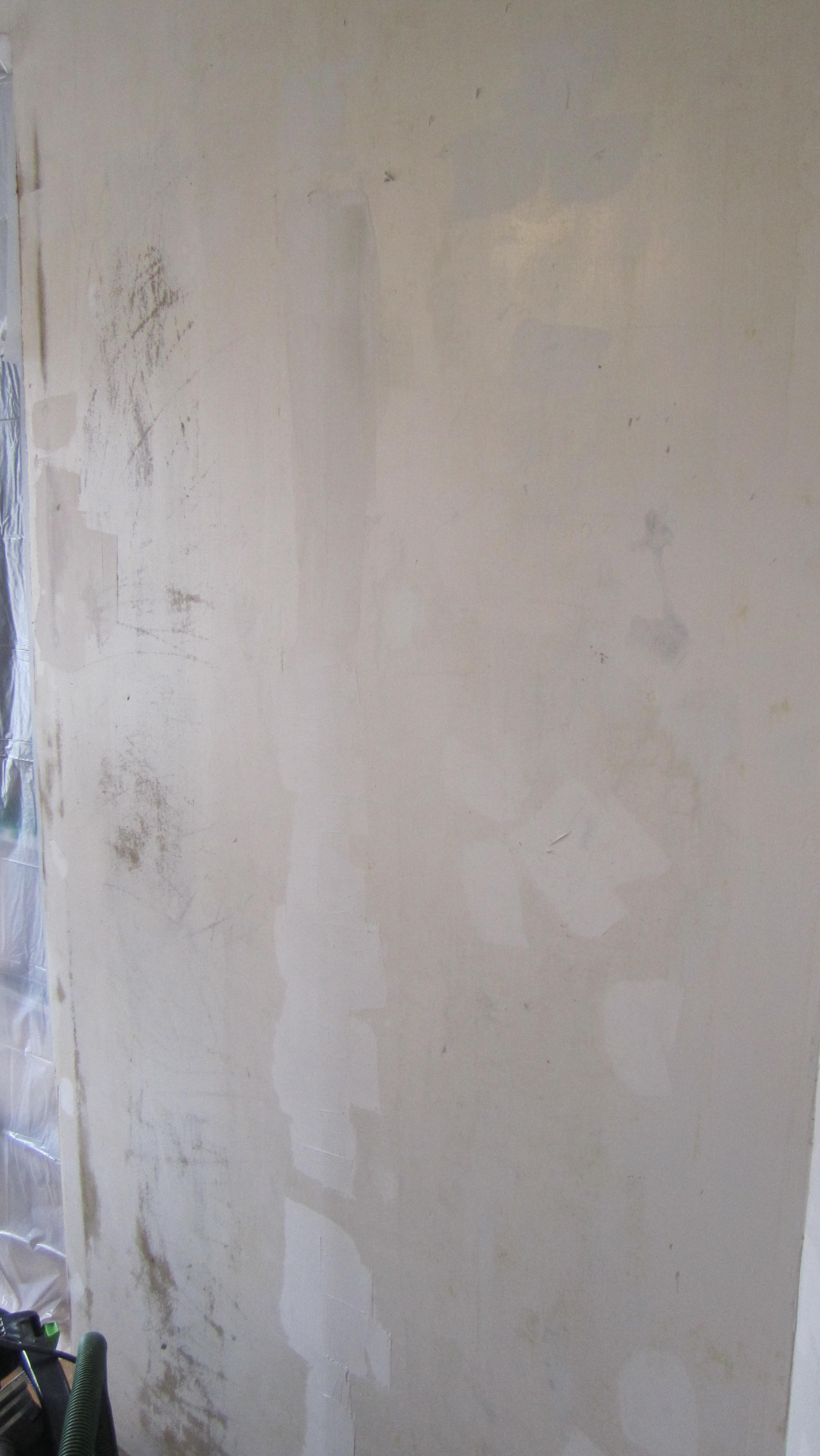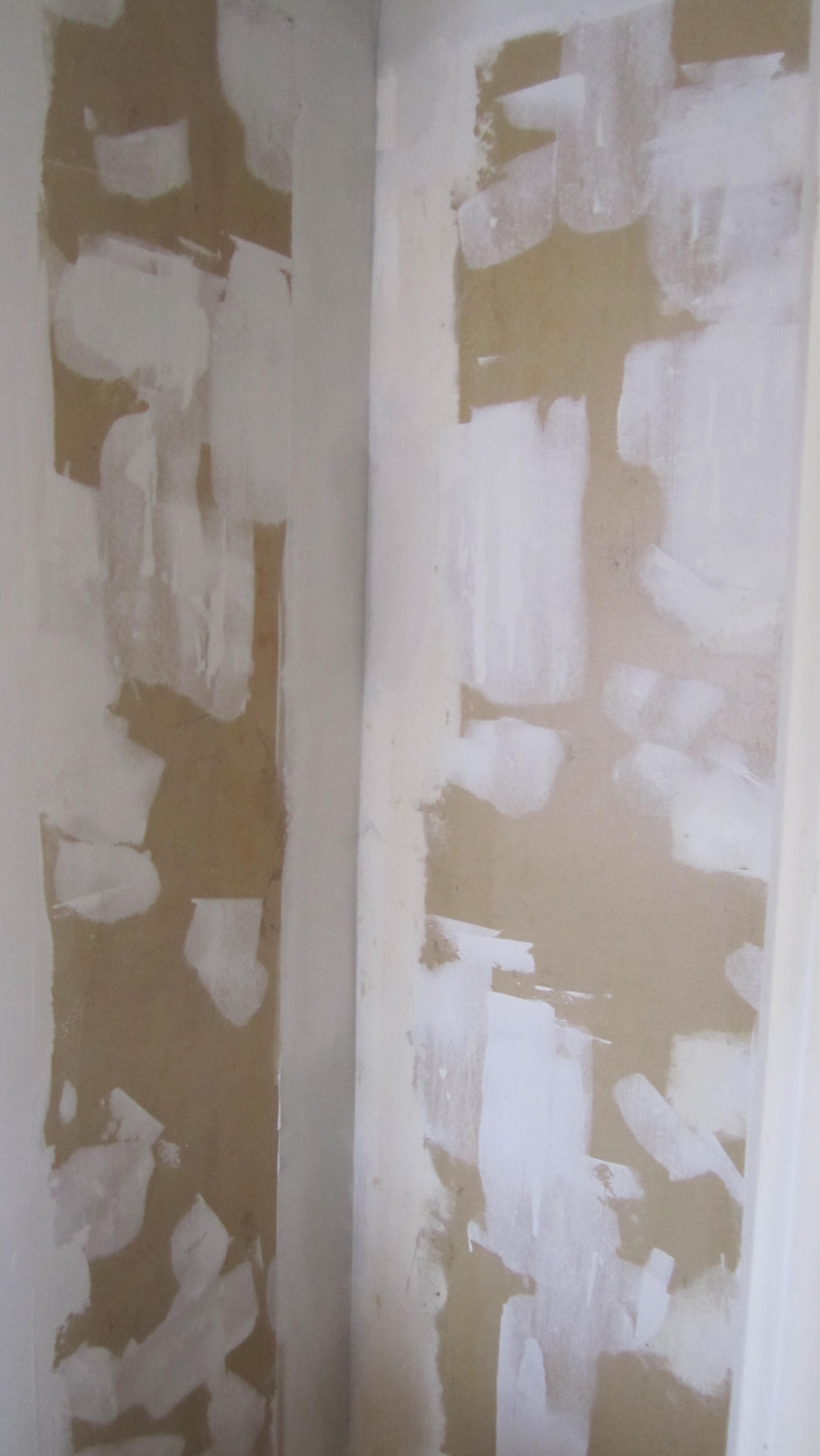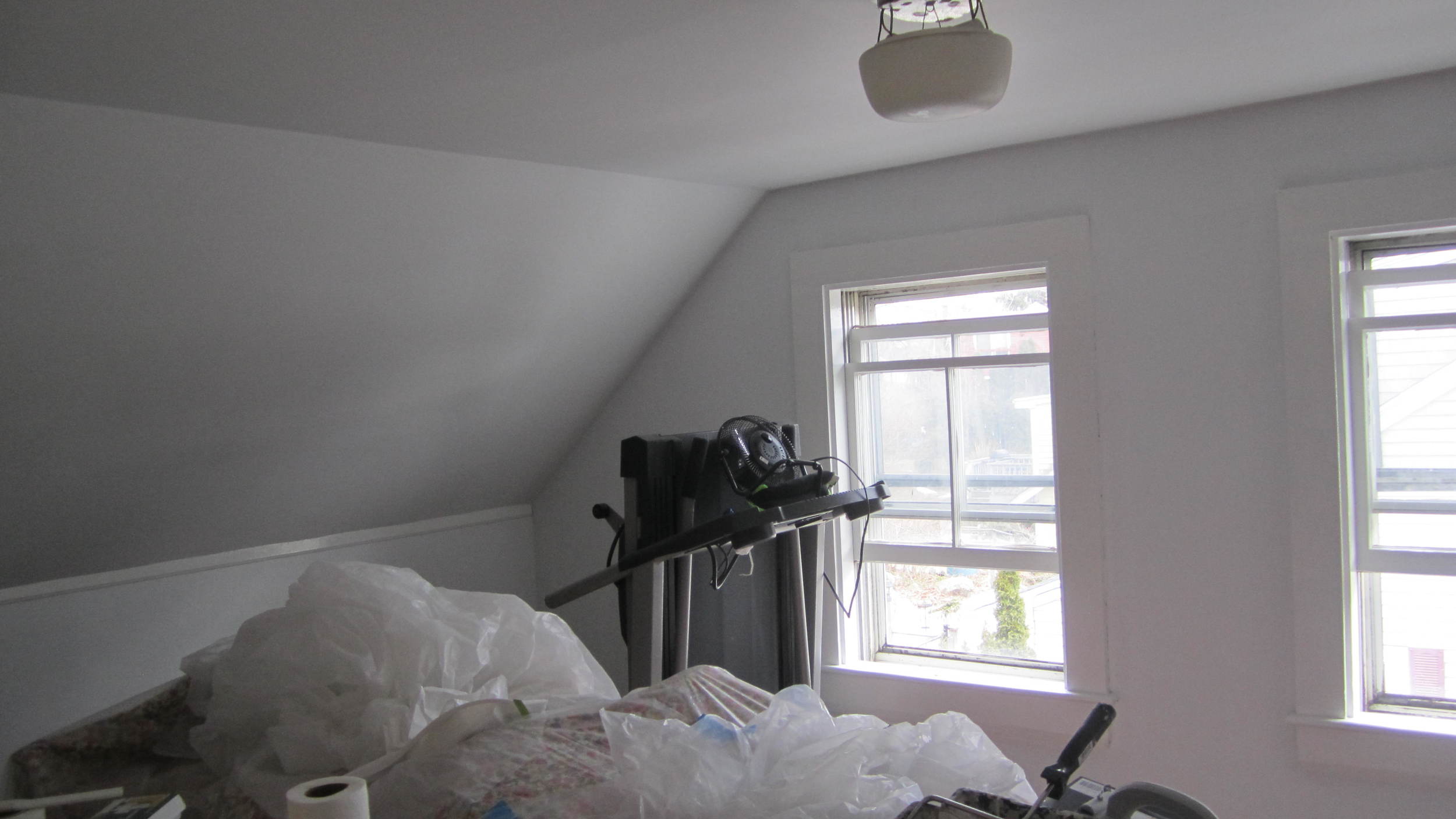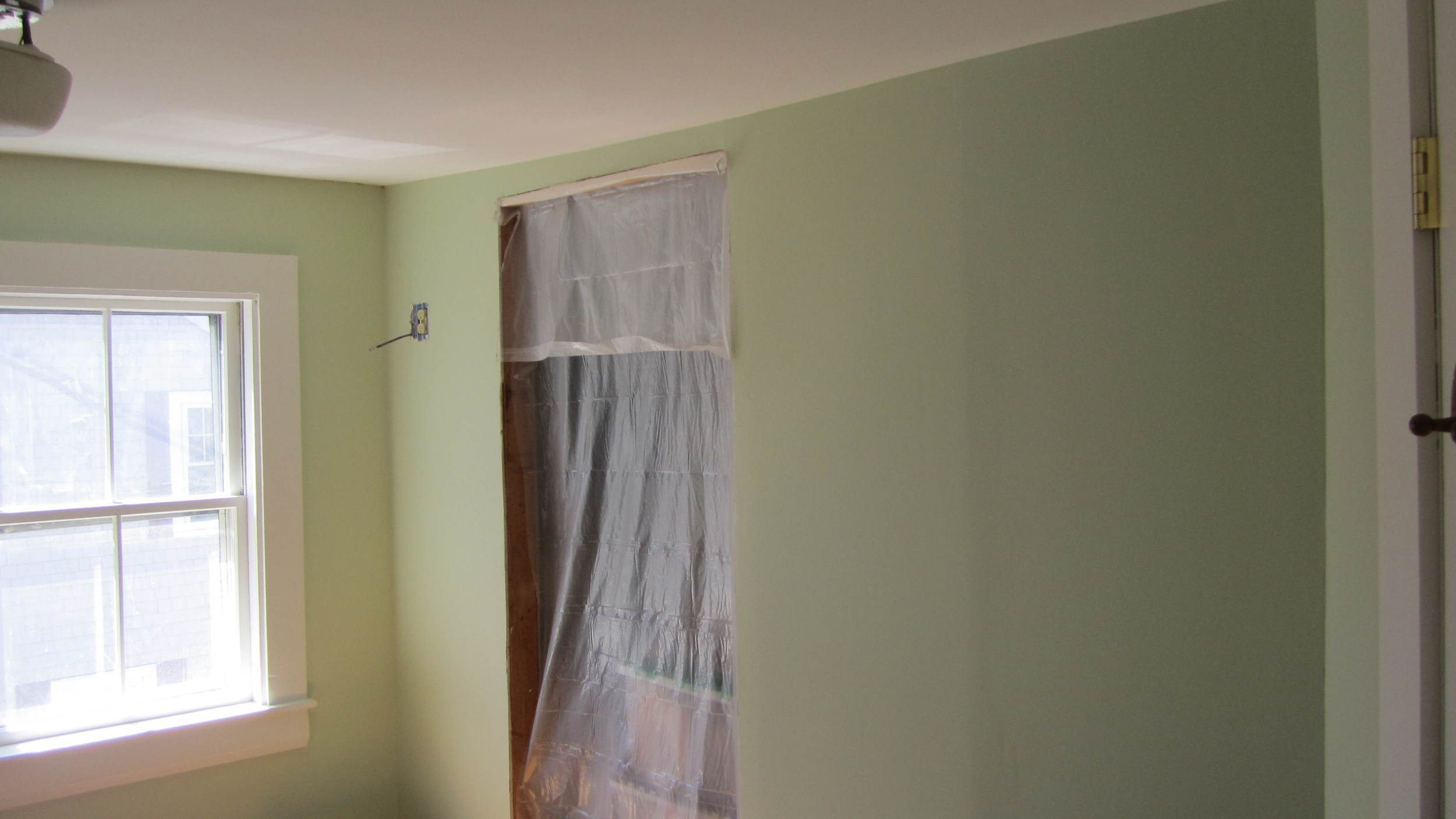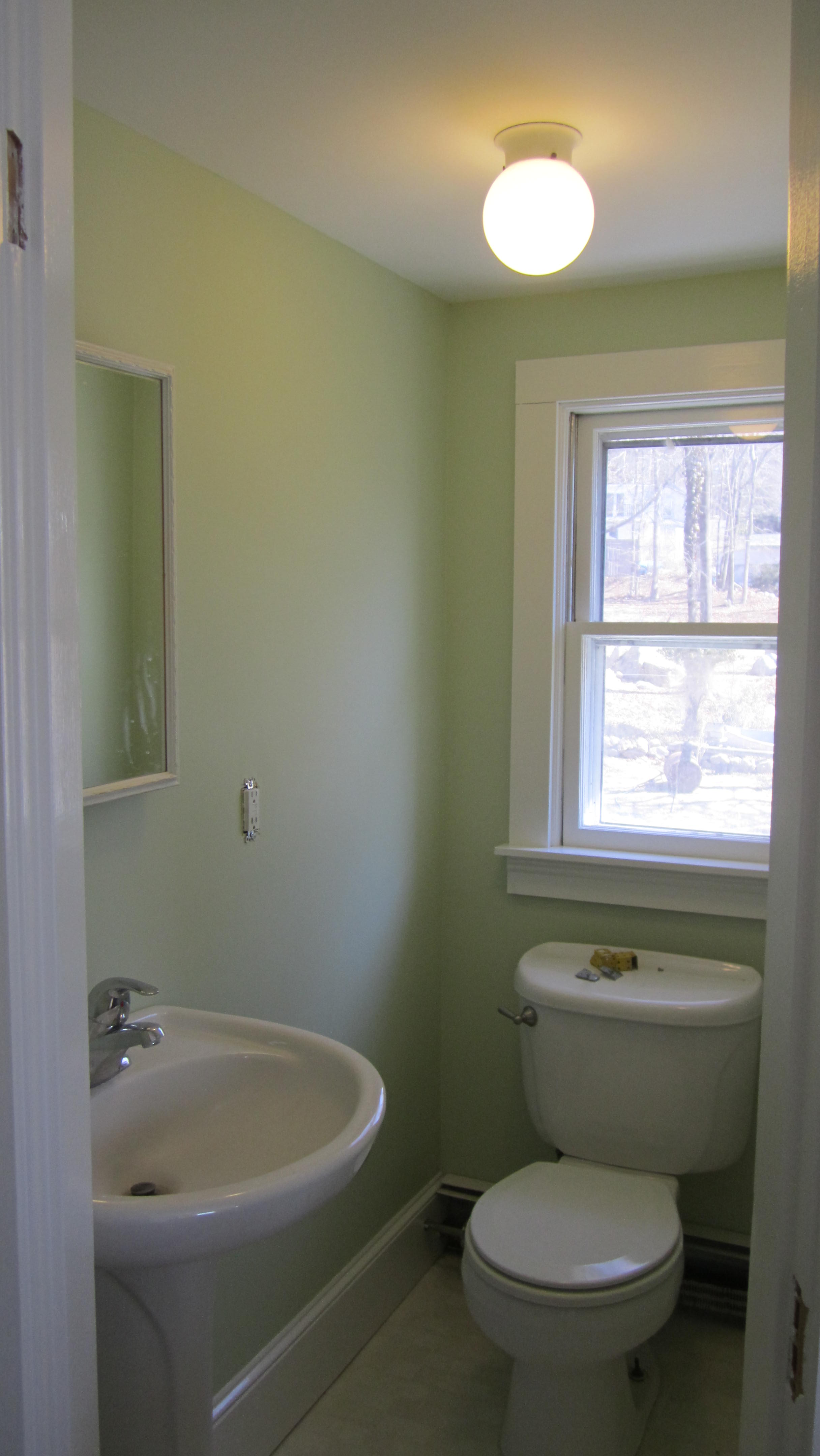I thought that this might be a good time to explain, for those that care to know, what goes into running a small painting company. And then perhaps they will better understand what goes into the cost of hiring a legitimate painting company.
Paint companies are not simply a DIY guys (or gals) that you are hiring to paint your room. What I mean by this is that painting a room for a professional painter is more than just purchasing a couple brushes, a roller, drop cloths and a couple gallons of paint and then painting your room for a fee.
Painters have a ton of equipment that they do not charge home owners for directly. When I write up a contract, the expenses that I charge to home owners go into four categories: labor, expenses, paint, and materials. Labor and paint are pretty straight forward. The difference between materials and expenses might need a little explanation. Materials encompasses the sundries that can be easily quantified and charged to the home owner. Such items include such things as sandpaper, blue tape, and joint compound. Expenses, although they sound much like materials, are costs that really can not be directly charged to a home owner, but must be accounted for in order to ensure that a painting company can make a decent profit.
I try to only take the equipment that I need to a job. This way I take up as little space as possible space in the clients home. However, even as a one man show, I own fifteen ladders. Why? different jobs require different ladders. I own a three piece, sixteen foot extension ladder. Since it has three sections, instead of two, it is very compact when it is not extended, which makes it easier to move around the inside of home. It is very useful when I paint stairwells. I also own a couple of ladders that allow me to set them up on stairs. Even though I own these ladders, I do not use them on every job.
Ladders are a fairly durable item, and they will last a long time. But there are many tools that will eventually need to be replaced. And, pros do not like to purchase cheap equipment. Paint brushes can cost anywhere from $15 to $40 and not every paint brush is appropriate for every job. Many painters, including myself, have certain paint brushes that they use for each type of paint they use. Paint brushes have a fairly short life span if used a lot. There are also tools that last longer, but will need maintenance and eventual replacement. These include items such as sanders, dusters, brush cleaners...ect
Other expenses that must be accounted for by paint contractors, in order for them to run a profitable business, are the costs such as insurance, fees, and rental space costs. Registering a company with the state cost money. If a contractor is certified to work with lead, he must figure in the cost to take the class and the license from the state. Liability and vehicle insurance, and workers compensation (if he has employees) are all necessary if he runs a legitimate company.
Thus, when a paint contractor gives you an estimate, he is giving you a price based on what it will cost him toto cover his expenses and make a profit. He cannot simply only figure in the costs of the specific items (roller cover, paint brush, blue tape, paint) used on the job, and the amount of time that it will take to complete the job. Doing so, would quickly lead to the painter to look for employment in another field.
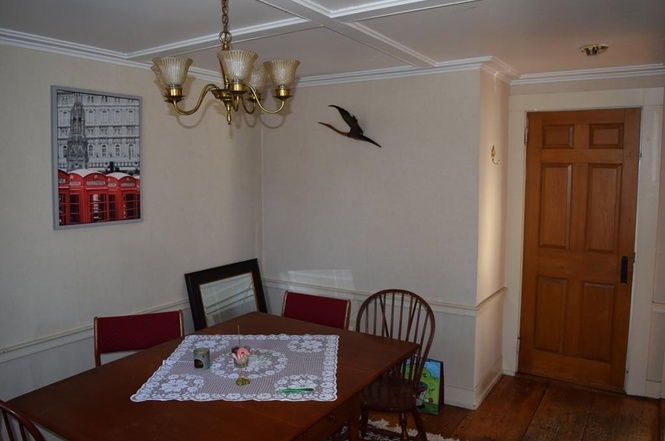
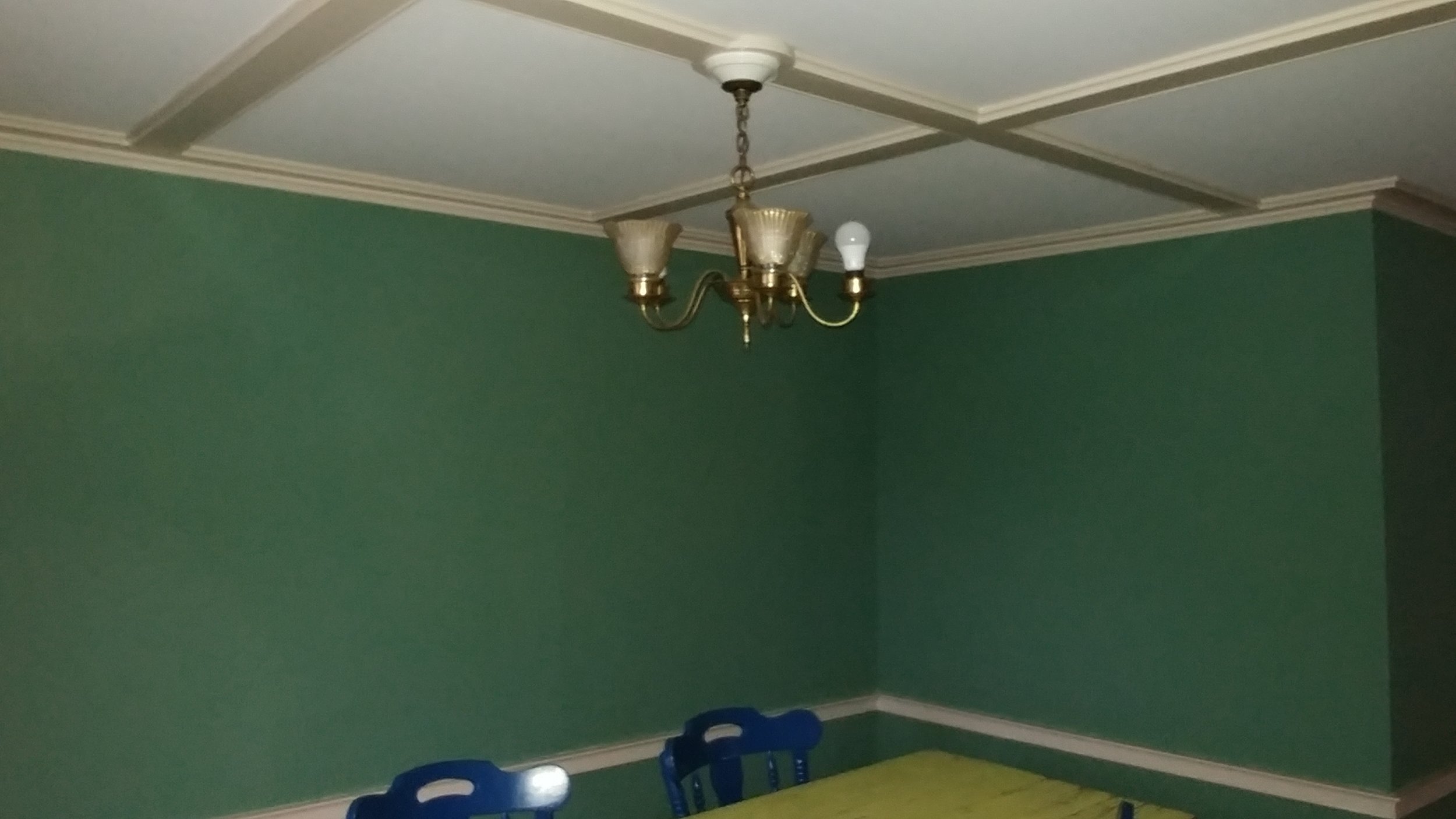
![0504150849a[1].jpg](https://images.squarespace-cdn.com/content/v1/51293ec7e4b0df88da7044b3/1432772316873-CK7IKRQ3XFCZAG4QQG0L/0504150849a%5B1%5D.jpg)
![0504150849[1].jpg](https://images.squarespace-cdn.com/content/v1/51293ec7e4b0df88da7044b3/1432772173907-EXG5DC3I6P3I2MIOAI5I/0504150849%5B1%5D.jpg)
![0504151313b[1].jpg](https://images.squarespace-cdn.com/content/v1/51293ec7e4b0df88da7044b3/1432810385327-OS5AEEDE5P7SI39UL8DZ/0504151313b%5B1%5D.jpg)
![0504151313c[1].jpg](https://images.squarespace-cdn.com/content/v1/51293ec7e4b0df88da7044b3/1432772520926-MWZR18TPTKVR10F3Q8WT/0504151313c%5B1%5D.jpg)
![0507151252[1].jpg](https://images.squarespace-cdn.com/content/v1/51293ec7e4b0df88da7044b3/1432772575364-I4J62I01R1D6DP636FXR/0507151252%5B1%5D.jpg)
![0507151253[1].jpg](https://images.squarespace-cdn.com/content/v1/51293ec7e4b0df88da7044b3/1432772611258-CPXGWIQJTR2Z3GAA674A/0507151253%5B1%5D.jpg)
![0316150841[1].jpg](https://images.squarespace-cdn.com/content/v1/51293ec7e4b0df88da7044b3/1426947920155-EIDIPOFY7T38KSJHVQBN/0316150841%5B1%5D.jpg)
![0316150841b[1].jpg](https://images.squarespace-cdn.com/content/v1/51293ec7e4b0df88da7044b3/1426947953289-WE8F3BEYYXD9OHD443TD/0316150841b%5B1%5D.jpg)
![0316151128[1].jpg](https://images.squarespace-cdn.com/content/v1/51293ec7e4b0df88da7044b3/1426947979114-H8IHYT34M76J715Y43ES/0316151128%5B1%5D.jpg)
![0317150904[1].jpg](https://images.squarespace-cdn.com/content/v1/51293ec7e4b0df88da7044b3/1426947998316-8D6TKWROQIVTJ0GPLW21/0317150904%5B1%5D.jpg)
![0318151115[1].jpg](https://images.squarespace-cdn.com/content/v1/51293ec7e4b0df88da7044b3/1426948022648-TGPAEU2A7JV62IL2SB3D/0318151115%5B1%5D.jpg)
![0318151115b[1].jpg](https://images.squarespace-cdn.com/content/v1/51293ec7e4b0df88da7044b3/1426948047814-M7HRPCZYMSQ9H0DDHJLI/0318151115b%5B1%5D.jpg)
![0318151115c[1].jpg](https://images.squarespace-cdn.com/content/v1/51293ec7e4b0df88da7044b3/1426948078239-VEADSCBWAP2B1W9YBPML/0318151115c%5B1%5D.jpg)
